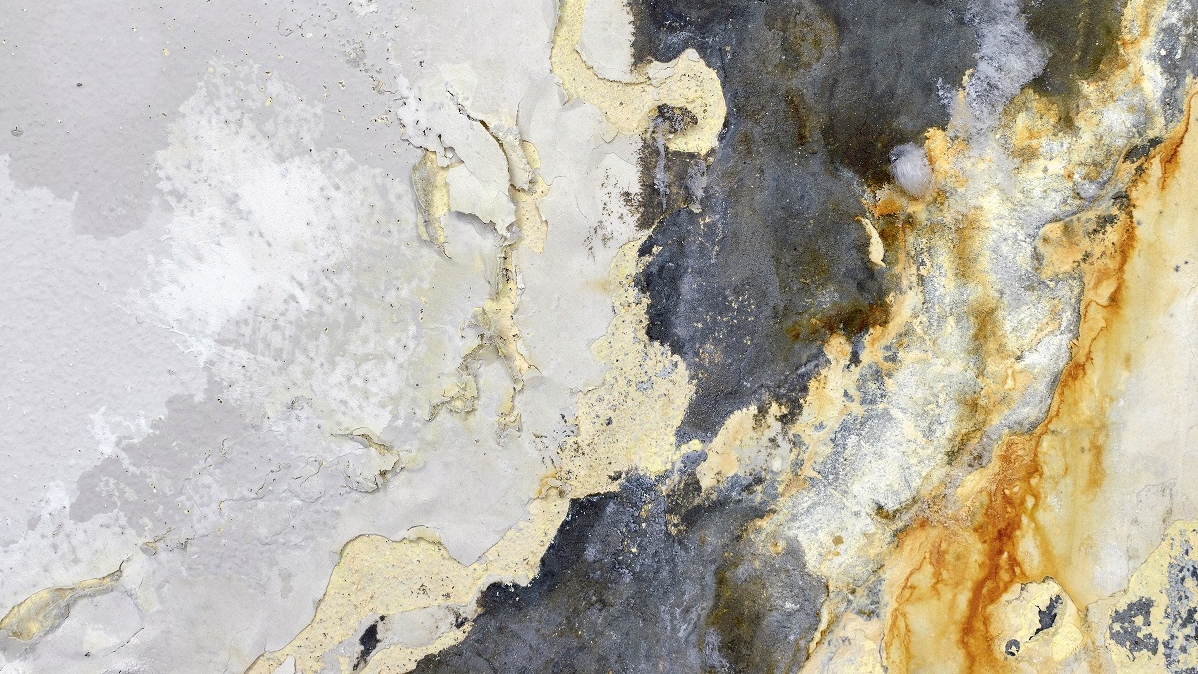
It started with the publication of The Rising Damp Myth by Jeff Howell in 2008: the book declared that generations of surveyors were wrong when it came to rising damp in buildings.
While the phenomenon was a matter of long-held collective wisdom, there was little in the way of supporting research – which gave further traction to the argument that rising damp was simply a myth used by surveyors as a cash cow.
Those who pursued Howell's argument claimed that any historic technical digests on damp were simply corrupt research owing to biased practice and funded by damp-proof course manufacturers. If such companies commissioned research to prove the existence of rising damp or the effectiveness of a given product, they were opening themselves to this accusation.
In addition, it was claimed that chartered surveyors, as a profession, simply did not understand damp meter results, and this was leading to a failure to understand building construction technology historic building regulations dating back to the 1870s.
"Howell argued that rising damp was simply a myth used by surveyors as a cash cow"
Separating fact from fiction
How difficult can it be to establish scientifically whether a phenomenon such as rising damp exists or not? Doing so to modern academic standards turns out to be a rather demanding, time-consuming exercise. Pure research, lacking the help of commercial or governmental sponsors, is hard to initiate – let alone finance – and requires an individual driven to seek answers over years of self-funded endeavour.
What's more, proving long-accepted wisdom and professional practice are correct is an unattractive proposition for a traditional PhD researcher seeking to make a name as a career academic. However, the opportunity came with the evolution of doctorates in the built environment, which allow experienced practitioners to embark on and sustain a project of professionally centred research.
In May 2017, after his studies at the University of Salford, Leslie Sellers published his thesis entitled Rising Damp Evaluation and Treatment: A Quasi-Experimental Case Study, for which he was awarded a doctorate in the built environment (DBEnv). For those interested in the damp debate it is worth the effort to read the 413-page document, and mainstream professionals working in this area should make themselves aware of his conclusions. These can be summarised as follows: "Rising damp is a real phenomenon that warrants treatment and the contemporary method of damp-proofing, installed as it would be on a real construction site, does provide effective control."
So, practitioners faced with angry clients who have become aware of the damp debate can now feel assured in pointing them to up-to-date research confirming that the defect identified in their survey report is a real phenomenon.
Legal implications
Indeed, rising damp remains a practical as well as a theoretical problem for surveyors, as two recent legal developments show. On 20 March 2020, the Homes (Fitness for Human Habitation) Act 2018 came into full effect, establishing in English law the right of a tenant to enjoy a fit demise, free of excessive damp or condensation. Then in May the High Court determined in Hart v Large [2020] EWHC 985 (TCC) that a residential pre-purchase report surveyor who failed to identify a damp defect in the amount of £374,000, with the total sum being £750,000, was guilty of professional negligence.
Now that damp and condensation is defined against fitness for human habitation under the 2018 Act, the format of technical documents and standards such as BS 5250: 2011+A1: 2016 Code of Practice for Control of Condensation in Buildings and BRE DG 245 Rising damp in walls: diagnosis and treatment will come under much greater scrutiny. The risk-assessment approach used by environmental health officers under the housing health and safety rating system (HHSRS),established under the Housing Act 2004, is of little help to surveyors, either in pre-purchase or landlord and tenant disrepair claims, as the lack of environmental health enforcement is of no defence under the legislation. The new question for researchers will thus be how to identify when damp crosses the line from disrepair into unfitness.
"The new question for researchers will be how to identify when damp crosses the line from disrepair into unfitness"
Fitness for human habitation
The term "fitness for human habitation" will be an issue of debate and heartache for the profession, and will force us to look again at classic defects such as damp with renewed focus. Since 20 March, missing a cause of unfitness when surveying for a landlord in a buy-to-let transaction will trigger a claim, and claim management companies are already hunting any errors in surveyors' judgement. The current openness of definition, plus lack of technical guidance to define a standard of minimum fitness, is leaving a surveyor's description of a "small damp and condensation patch" open to a judicial claim of unfitness and negligence.
Building pathology lessons
What can the profession learn from this challenge to our building pathology skills? The issue of research is a matter of importance for everyone, and the current dearth of published studies on defect pathology is a concern that exposes all practitioners to allegations.
Building pathology is at the core of a chartered building surveyor's skills and, together with critical thinking and evidence-based working, is one of the three pillars of best practice in James Douglas' and Bill Ransom's Understanding Building Failures. Practitioner-focused research is therefore vital, and with professional doctoral programmes being established in RICS' partner universities, those interested in a problem area have a realistic opportunity of investigating it with academic rigour.
Related competencies include: Building Pathology, Housing Management and Policy, Inspection, Legal/regulatory compliance
